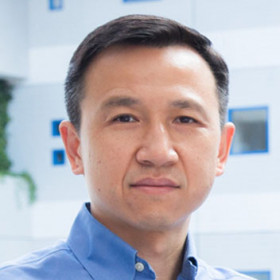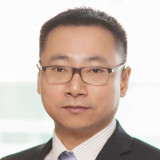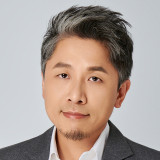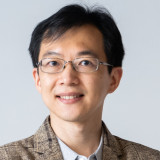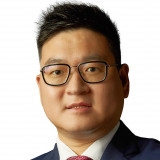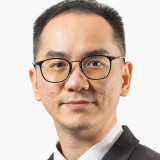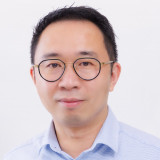Biography
- Associate Professor in Division of Life Science at The Hong Kong University of Science and Technology
- Research focuses on the intrinsic mechanisms regulating axonal regeneration and functional repair after central nervous system injuries
- RFS project — to study the function of axonal pathways to regenerate and repair damaged neural circuits after spinal cord injury, and aims to enhance functional recovery by combining various strategies and gain a deeper understanding of the cellular and molecular mechanisms involved in nerve fiber regeneration and functional connectivity. Successful completion of this project will improve our understanding of the fundamental processes that promote functional connectivity after central nervous system injury
- Awards and Honours:
- RGC Research Fellow (2024)
- Elected member of the Hong Kong Young Academy of Sciences (YASHK) (2020)
- Named Professorship, Cheng Associate Professor of Science (2019)
Project Title
- Enhance Locomotor Recovery by Transforming a Complete Spinal Cord Injury into an Incomplete Injury
Award Citation
Severe and long-lasting neurological deficits result from neurological injuries such as brain or spinal cord injury. Successful regeneration and reconnection of nerves has the potential to restore lost function. Our previous work on optic nerve injury and regeneration has led to a new approach to promote axonal regeneration and neurological recovery. We will now apply this knowledge and methods to spinal cord injury. Our recent research shows that after complete spinal cord injury, multiple descending tracts can regenerate across the lesion site. These exciting findings provide an opportunity to study the function of axonal pathways to regenerate and repair damaged neural circuits after spinal cord injury. We aim to enhance functional recovery by combining various strategies and gain a deeper understanding of the cellular and molecular mechanisms involved in nerve fiber regeneration and functional connectivity. Successful completion of this project will improve our understanding of the fundamental processes that promote functional connectivity after central nervous system injury.


